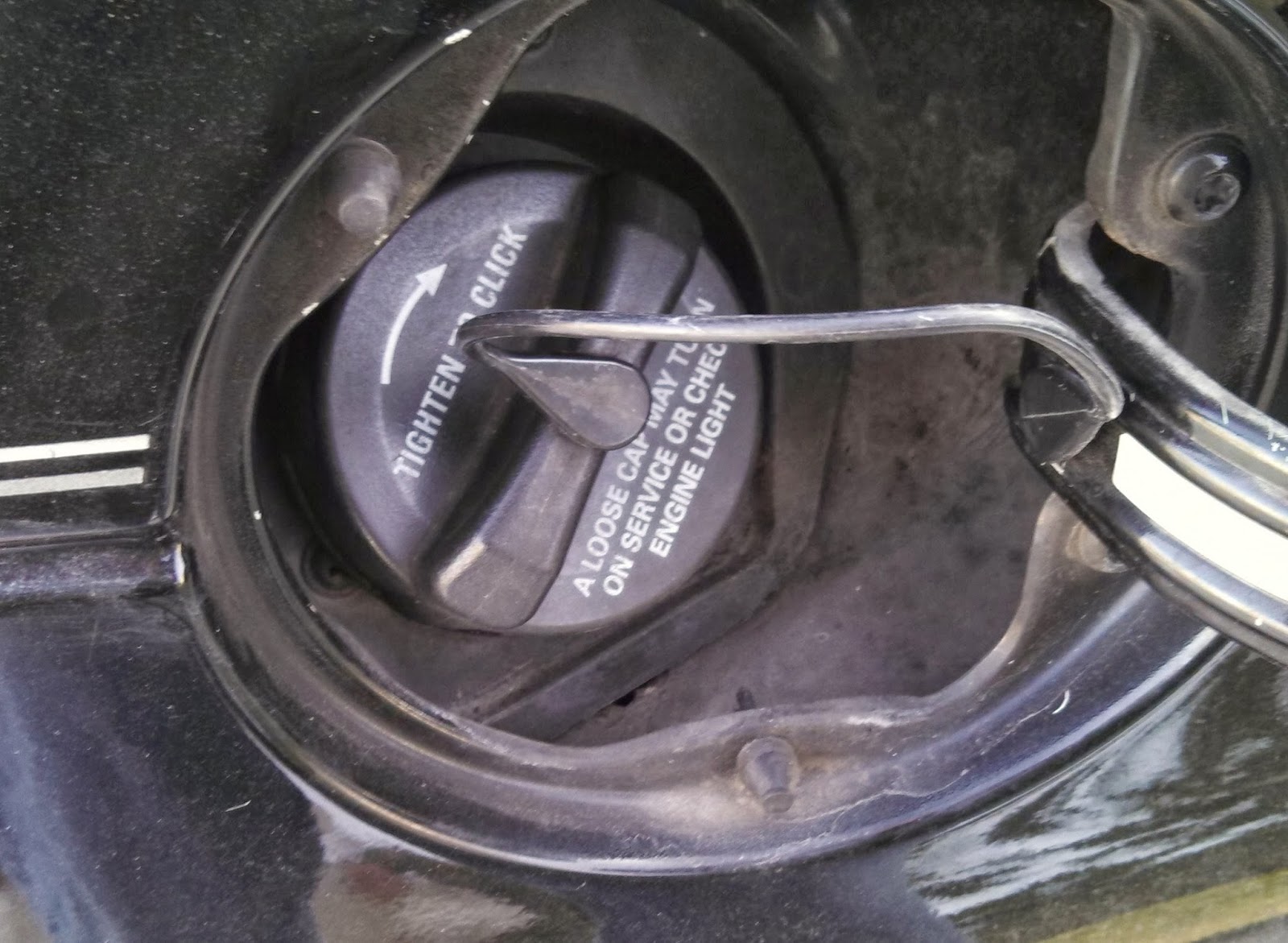Stubborn Check Engine Light After New Gas Cap? Troubleshooting Tips

That pesky check engine light. It’s the bane of every car owner's existence, a constant reminder that something might be amiss with your trusty steed. You’ve diligently replaced the fuel cap, expecting the light to vanish like a bad dream, but it stubbornly persists. What gives? Before you rush to the mechanic and potentially shell out big bucks, let's explore why that check engine light might be clinging on for dear life, and more importantly, what you can do about it.
The “fuel cap check engine light” saga is a common one. A loose, damaged, or missing gas cap can trigger the light because it compromises the pressurized fuel system, potentially leading to evaporative emissions leaks. Replacing the cap is usually the simple fix, but sometimes the light stays illuminated. This persistent glow can stem from a variety of reasons, from a faulty new cap to a completely unrelated issue that coincidentally surfaced around the same time.
The importance of addressing a persistent check engine light, even after replacing the fuel cap, can’t be overstated. It’s not just an annoying little light; it's your car's way of communicating a potential problem. Ignoring it could lead to more serious issues down the line, impacting your car’s performance, fuel efficiency, and potentially even your wallet if expensive repairs become necessary.
Understanding the fuel system's intricacies helps diagnose why the check engine light remains. Your car's evaporative emission control (EVAP) system prevents fuel vapors from escaping into the atmosphere. The gas cap is a vital component of this system, sealing the fuel tank and maintaining pressure. A faulty seal triggers the check engine light, as the system detects a potential leak.
Sometimes, replacing the gas cap doesn't immediately extinguish the light. The car's computer needs time to complete its diagnostic cycle and confirm the issue is resolved. This "drive cycle" varies between vehicles but typically involves several trips with specific driving conditions. During this period, the onboard diagnostics system (OBD-II) monitors various sensors and parameters to ensure the fix was effective.
If the light persists after a reasonable drive cycle, further troubleshooting is necessary. The new gas cap itself might be faulty. Another possibility is a stuck or slow-closing EVAP purge valve, a charcoal canister issue, or even a small leak in the EVAP system’s hoses or lines. A faulty fuel level sensor can also trigger the light, although less commonly.
One simple step you can take is to double-check the new gas cap installation. Ensure it’s tightly secured by clicking it into place multiple times. You can also try disconnecting the car’s battery for a short period (usually 30 minutes) to reset the computer and see if the light clears. If these simple fixes don’t work, using an OBD-II scanner can provide valuable insight into the specific error codes stored in the car's computer, helping pinpoint the problem.
Three benefits of addressing this persistent light include: improved fuel economy by ensuring a properly sealed fuel system, preventing potential environmental damage by minimizing fuel vapor leaks, and avoiding costly repairs by addressing minor issues before they escalate. For example, a small EVAP leak might seem insignificant, but it could eventually lead to a failed catalytic converter, a much more expensive component to replace.
Frequently Asked Questions:
Q: How long should I wait for the check engine light to go off after replacing the gas cap? A: Typically, a few days to a week of driving, allowing the car to complete its diagnostic cycle.
Q: Can I drive with the check engine light on? A: While usually possible, it's best to address the issue promptly to prevent potential damage and avoid fines in some areas with stricter emissions regulations.
Q: Will disconnecting the battery clear the check engine light permanently? A: It might temporarily clear the light, but if the underlying issue persists, it will return.
Q: How much does it cost to diagnose a check engine light? A: Diagnostic fees vary, but expect to pay somewhere between $50 and $150.
Q: What does code P0440 mean? A: This common code often indicates an EVAP system leak, which could be related to the gas cap or other components within the system.
Q: Can a bad gas cap affect gas mileage? A: Yes, a leaky gas cap can reduce fuel efficiency due to evaporative losses.
Q: What if the new gas cap is also faulty? A: Return the cap for a replacement and ensure it’s the correct one for your vehicle’s make and model.
Q: Can I fix an EVAP leak myself? A: Depending on the location and complexity of the leak, some DIY repairs are possible, but it’s often best to consult a mechanic.
A persistent check engine light after replacing the fuel cap can be a frustrating experience. By understanding the potential causes, performing some basic troubleshooting steps, and knowing when to seek professional help, you can tackle this issue head-on, save money, and keep your car running smoothly.
Hand tattoos for men a bold statement
Upgrade your homes exterior with benjamin moore paint
Witty comebacks perfect replies for any situation













